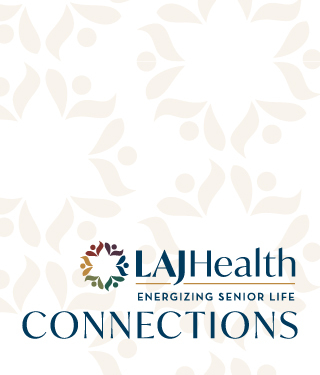The Shortest Distance Between Two Points


The Shortest Distance Between Two Points
Prior to 1816, it was common practice for doctors to place their ears to the chests of patients to detect the workings of hearts, lungs, and other organs. That year, French physician Dr. Rene Laennec, who was uncomfortable placing his ear against the chest of a young female patient, invented the first stethoscope. Laennec's stethoscope was around 12 inches long, but over time, the instrument's tubing grew in length. In the 1830's the flexible monaural stethoscope was introduced. It was around 16 inches long. Then in 1852, George Camman introduced the first binaural (for two ears) stethoscope, which was around 20 inches. Today's stethoscopes are up to 30 inches long. Born of one physician's modesty, the most widely-used medical instrument has become symbolic of the increasing distance between patients and their doctors.
In the 20th century, many other tools were created to help clinicians assess the workings of their patients' internal organs without having to be near them — cardiac rhythm monitors, echocardiograms, CT, and MRI machines, to name a few. Now, in the 21st century, doctors and nurses routinely obtain data on their patients via the Internet, and can do so from virtually anywhere in the world.
The words medical professionals use also reflect the diminishing connection between patients and their caregivers. The comedian George Carlin made this issue the focus of a popular routine. He noted that, in WWI, we used the words "Shell Shock" to describe traumatic reaction to the experience of battle. In WWII, the condition came to be called "Combat Fatigue." In the Korean Conflict, it was known as "Operational Exhaustion." Most recently, as a result of the war in Vietnam, the same phenomenon is called "Post Traumatic Stress Disorder." Each of the phrases described the same condition. With time, however, they grew longer and more clinical, eventually becoming utterly devoid of emotional content. The increase in syllables had the effect of insulating caregivers and other civilians from the unpleasant reality of our soliders' suffering, but the result has been to put more distance between clinicians and the people who need their help.
The gap between patients' expectations and the care they receive is also growing, as is the difference between the ideals of health care professionals and the reality of day-to-day practice.
One remedy for the disturbing trend we've identified is for clinicians and their patients to take every opportunity in their interactions to close the space that's grown between them.
We can all reduce that space — physically, verbally and figuratively. Figuratively speaking, we can bring our ears closer to each other's chests so that we may hear each other's "hearts." Doctors can do that by taking the time to listen to patients' concerns and personal stories, any one of which may contribute significantly to their current condition. Listening to patients and their families can help guide clinicians to more successful decisions and long-term outcomes. Therefore, it is important for patients and their families to share their stories and what is important to them with their doctors and nurses.
Sometimes the origin of a word or a literal translation can lead us to surprising insights and metaphorical wisdom. The word stethoscope comes from the Greek "stethos" or breast, and "scope," to look at or see, which taken together can be interpreted as, "I see your heart." This simple phrase is the core of all successful medicine and a wonderful prescription for wise care amid the rapidly evolving world of medical science and caregiving.
In the months ahead, I look forward to sharing some of the remarkable stories I've heard from the community that is the Los Angeles Jewish Home. In doing so, I hope to make it easier for you to see the hearts of the dedicated professionals who have been entrusted with the care of a remarkable group of people who are the residents of the Home.
Noah Marco, M.D.
CMO
Los Angeles Jewish Home